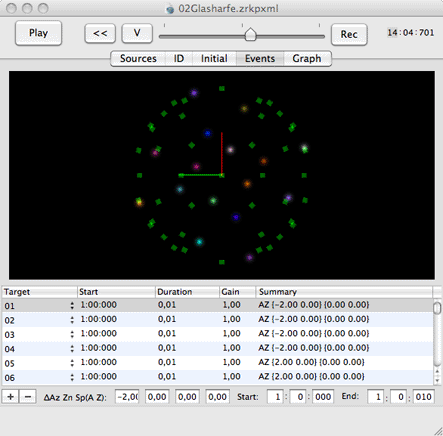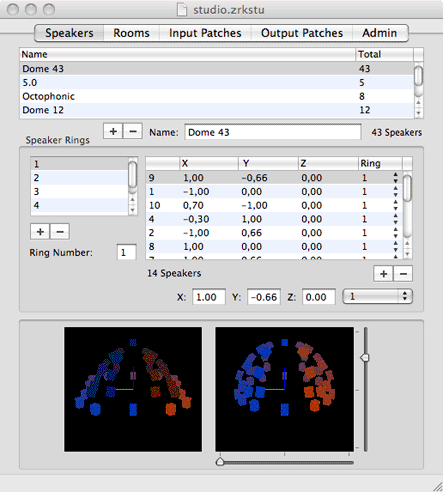Striping strings and broken objects
Striping strings and broken objects 2011 Hugo Paquete by paquetehugo
Striping string and broken object
Time: 16 minutes
This composition is configured as a dynamic study for prepared piano and other electronic sounds, generated and processed elements in an acousmatic means.
For compose this work i develop some patch's when I explore additive and subtractive synthesized signal processing from the material source and stochastic composition methods to construct oscillation of tons frequencies and granulation.
Constructing and deconstruction, there referential origins with sound collage technique.
In my compositions I explore a very progressive way the time notion, exploring expectations that can jump from the order of the composition and freezing the time of a note or the time of
a frequency.
But it’s important that the organized sound can activated they materiality and give information’s about their origins.
Something that I focus my interest is in the dynamics of the sound projection in the space its very important for the development of my compositions a notion of multidimensionality of the
time and sound progression.
That is fundamental in the research that I am developing in therms of sound compositions and installation.
Other factor its maintains a dynamic form of logic in the compositions in this case reflects the actual shape of the space where this piece was conceived, a surface of the 48 sound speakers the klangdoom in the ZKM | Zentrum für Kunst und Medientechnologie Karlsruhe integrated as resident artist in the department of | ZKM | Music and Acoustics Institute.
Zirkonium software
User interface of the control software Zirkonium, main window
Zirkonium
The Klangdom of the ZKM is controlled by the software Zirkonium. This moves the sounds sliding smoothly through the space following the "vector based panning"-method. Zirkonium is designed as an open instrument; thanks to modern programming and flexible interfaces the composers can play their spatial compositions in any room with different speaker configurations, no matter if 12 or 100 speakers are available.
With this system pre-produced sounds, but also sounds created live can be controlled. Via Open Sound Control protocol most software like Max or Super Collider can interact with Zirkonium. Any random controller, from the high-end lemur touchscreen to the cheap joy stick can be deployed. Additionally Zirkonium can also be used as audio unit plugin. Thus, the user can incorporate Zirkonium's panning capabilities into his preferred environment (including Digital Performer, Logic).
User interface of the control software Zirkonium, studio window
The idea and the concept of the Klangdom and Zirkonium were developed by Ludger Brümmer and implemented by Joachim Gossmann, Chandrasekhar Ramakrishnan and Bernhard Sturm at the ZKM | Institute for Music and Acoustics. The software was coded by Chandrasekhar Ramakrishnan. Zirkonium has won the second prize at the Lomus 2008 competition.
More information: http://www.zkm.de/zirkonium
All the informations thanks to © 2011 ZKM | Zentrum für Kunst und Medientechnologie Karlsruhe


